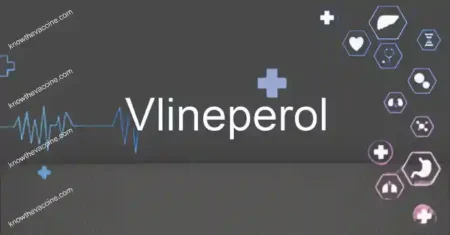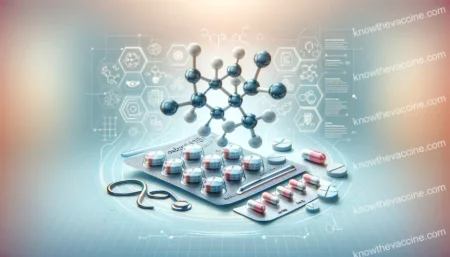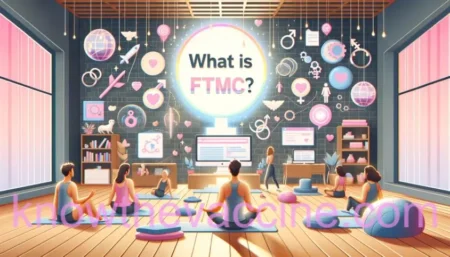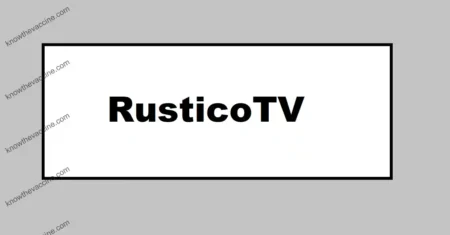
Polyethylene terephthalate (PET), commonly known as PET Material (PET), has revolutionized the world of plastics and polyester. This versatile polymer is widely used in various industries, highlighting its importance in both modern industry and daily life. PET bottles are perhaps the most recognized form of PET, but its applications extend far beyond this.
The durability and versatility of PET have made it an integral part of contemporary manufacturing and packaging solutions. Recognized for its role in recycling, PET has become synonymous with efforts to reduce plastic waste, with recycled PET playing a pivotal role in sustainable practices.
As we explore the versatility of this remarkable material, it’s evident that PET’s influence extends from textile production to food packaging, embodying the essence of a commonly used material in our everyday lives.
History and Composition of PET
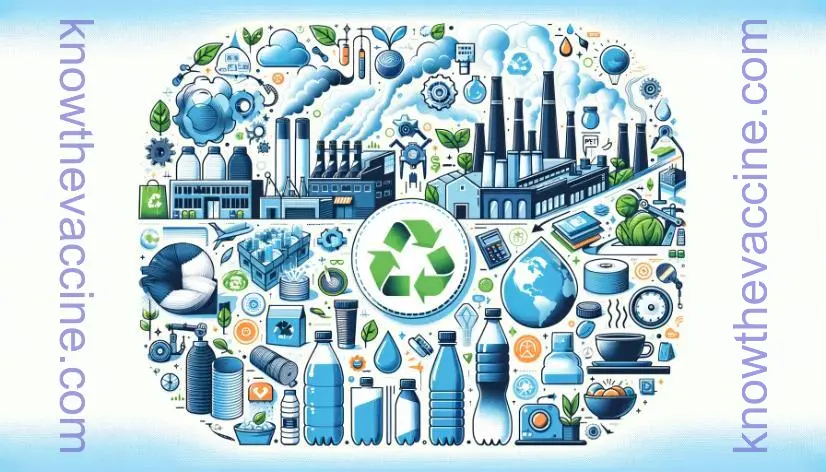
Origin and Development of PET Material
The journey of PET began as a quest for a versatile and efficient plastic. Originating from a series of chemical advancements, PET has evolved to become a widely used and recycled plastic. The development of PET resonates with the evolution of modern polymers, marking a significant milestone in material science.
PET resin and PET materials have been constantly refined, showcasing the material’s adaptability and applicability in various sectors. The application of PET in industries like textile and packaging underscores its growth from a novel invention to a commonly used staple in manufacturing.
Chemical Structure: Ethylene Glycol and Terephthalic Acid
The chemical backbone of PET is formed by the reaction of ethylene glycol and terephthalic acid. This reaction produces a polymer chain, giving PET its unique characteristics. Dimethyl terephthalate also plays a role in this process, contributing to the material properties of PET. Understanding this chemical structure is crucial to appreciating why PET is such an ideal material for a wide range of applications, from PET bottles and containers to fiber production.
Properties of PET
Physical and Mechanical Properties
- Durability: PET’s resistance to wear and tear makes it suitable for repeated use and made from polyethylene terephthalate.
- Barrier Properties: Excellent at keeping contents safe and secure, ideal for food packaging.
- Mechanical Strength: Strong yet lightweight, PET is a technical material used in various applications.
Thermal and Electrical Insulating Properties
PET’s thermal properties make it suitable for products that require heat resistance, such as PET film and PET tape. Additionally, PET’s excellent electrical insulating properties render it ideal for electronic applications. The combination of these properties makes PET a versatile and commonly used material in industries requiring materials that can withstand varied environmental conditions.
PET in Everyday Use
Common Uses: Bottles, Food Packaging, Textiles
- Bottles: One of the most visible uses of this material, serves a vital role in beverage packaging due to its durability and safety for contact with consumables.
- Food Packaging: This polymer is a go-to choice for packaging, thanks to its barrier properties and ability to maintain the freshness of products.
- Textiles: A key component in the textile industry, polyester fibers made from this material are essential for a wide range of clothing and fabrics. Appreciated for their versatility and good mechanical properties.
Products and Packaging Materials
- Packaging Material: Its use in packaging extends beyond just bottles. It’s a standard for various consumer goods due to its protective qualities and lightweight nature.
- Versatile Applications: From containers to blister packs, its applications in packaging are vast, reflecting its mechanical properties and adaptability.
Tape and Film Applications
- Tape: This material is utilized in tape production, valued for its adhesive properties and durability.
- Film: Used in a variety of film applications, from protective coverings to photographic film. Showcasing its flexibility and moisture barrier properties.
PET Recycling and Environmental Impact
Recycling Process: From Plastic Waste to Recycled PET
The process of transforming plastic waste into recycled PET is a beacon of environmental stewardship. It involves collecting and processing PET bottles and containers and then breaking them down into usable polymer forms. This recycling method not only reduces plastic waste but also conserves resources, as it demands less energy compared to producing virgin PET. The cycle of reusing PET reinforces the material’s sustainability, making it a pivotal player in the eco-friendly materials arena.
Environmental Benefits of Using Recycled PET
- Reduces Plastic Waste: Significant decrease in the accumulation of plastic in landfills and oceans.
- Conserves Resources: Less energy and raw materials are needed compared to producing new PET.
- Lower Carbon Footprint: Recycling leads to reduced greenhouse gas emissions.
- Sustainability: Encourages a circular economy, enhancing the material’s life cycle.
- Wildlife Protection: Less plastic waste means reduced harm to marine and terrestrial animals.
Challenges and Solutions in PET Recycling
- Collection and Sorting: Improving collection systems to ensure efficient recycling.
- Quality Maintenance: Ensuring the recycled material retains key properties.
- Technological Advancements: Innovating in recycling technology for better efficiency.
- Public Awareness: Educating the public about the importance of PET recycling.
- Policy and Regulation: Implementing supportive policies for effective recycling practices.
PET and Its Role in Sustainability
Polyethylene terephthalate (PET) significantly contributes to sustainable practices.
- Reduction in Plastic Waste: PET’s recyclability reduces landfill waste.
- Energy Efficiency: Recycling PET consumes less energy than producing new materials.
- Lower Greenhouse Emissions: PET recycling leads to fewer carbon emissions.
- Resource Conservation: Using recycled PET conserves natural resources.
- Circular Economy: PET recycling supports a sustainable, circular economic model.
Comparison with Other Plastics and Polymers
| Material | Recyclability | Energy Consumption | Durability | Usage in Industry |
|---|---|---|---|---|
| PET | High | Low | High | Wide-ranging |
| Polycarbonate | Moderate | Moderate | Very High | Limited |
| Polyethylene | High | Low | Moderate | Broad |
| Polypropylene | Moderate | Moderate | High | Varied |
Future Trends in PET Recycling and Sustainable Use
- Advanced Recycling Technologies: Improved methods for breaking down PET.
- Biodegradable PET: Development of bio-based PET alternatives.
- Global Collaboration: Increased international efforts in recycling initiatives.
- Consumer Awareness: Growing public knowledge about PET’s environmental benefits.
- Eco-Friendly Design: Products designed for easier recycling.
- Legislation and Policies: Enhanced governmental support for PET recycling.
- Market Expansion: Increased demand for recycled PET in various industries.
Innovative Applications of PET
This versatile material finds its way into less obvious sectors, far beyond its traditional uses. In medical applications, PET is used for its sterility and safety, making it ideal for medical packaging and disposable devices. The automotive industry benefits from PET’s durability and lightweight nature, using it in car parts and interior panels.
The evolution of PET has led to blends and modifications like PETG and polybutylene terephthalate, enhancing its properties for specialized uses. Continuous advances in technology and material science are expanding PET’s utility, solidifying its role as a multifaceted polymer.
The Business Perspective: PET Material in the Global Market
Market Demand and Economic Significance
The PET market is a crucial part of the global economy, driven by its versatility and recyclability. Its demand spans across industries, from packaging to textiles, highlighting its economic importance. As the world increasingly focuses on sustainability, the demand for PET, especially recycled PET, is on the rise, reflecting its value in both economic and environmental terms.
Major Producers and Consumers Globally
The production and consumption of PET are widespread, with major producers located in Asia, Europe, and North America. These regions are also significant consumers, utilizing PET in various applications like bottles, textiles, and packaging materials. The global nature of PET production and consumption underlines its universal appeal and utility.
Future Outlook: Trends and Predictions in the PET Industry
- Sustainable Production: Increase in eco-friendly PET manufacturing processes.
- Recycling Innovations: New methods for PET recycling will emerge.
- Market Diversification: Expansion into new markets and applications.
- Consumer Preferences: Shift towards products made from recycled PET.
- Technological Advancements: Continued innovation in PET processing.
- Regulatory Changes: More stringent environmental regulations.
- Global Demand: Growing demand in emerging economies.

Conclusion
In summary, polyethylene terephthalate (PET), a lightweight plastic, is remarkable for its combination of properties. From PET products to the fiber made from PET, its utility is extensive. PET and PETG stand out for their thermal improvements and versatility.
The reaction that produces PET, involving monomers and typical PET intermediates, exemplifies its complex and efficient manufacturing process. The treatment of recycled PET flakes and the heat treatment of recycled PET highlight its pivotal role in reducing the environmental impact of PET bottles.
Both amorphous PET and crystalline PET demonstrate the material’s adaptability, while glycol-modified polyethylene terephthalate extends its applications even further. The future of PET looks promising, continuing to evolve as an ideal material for various uses, driven by its versatility and commitment to sustainability.
